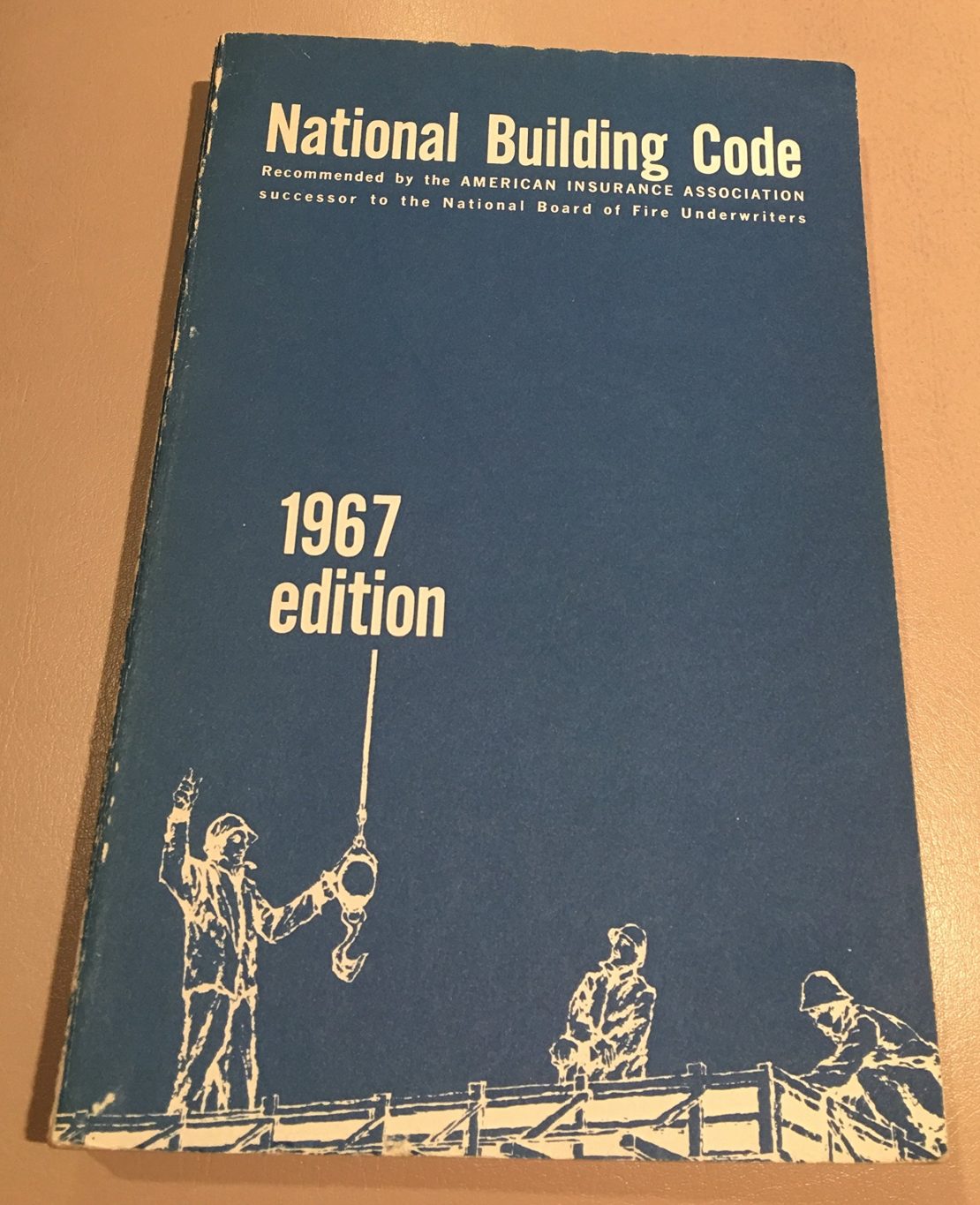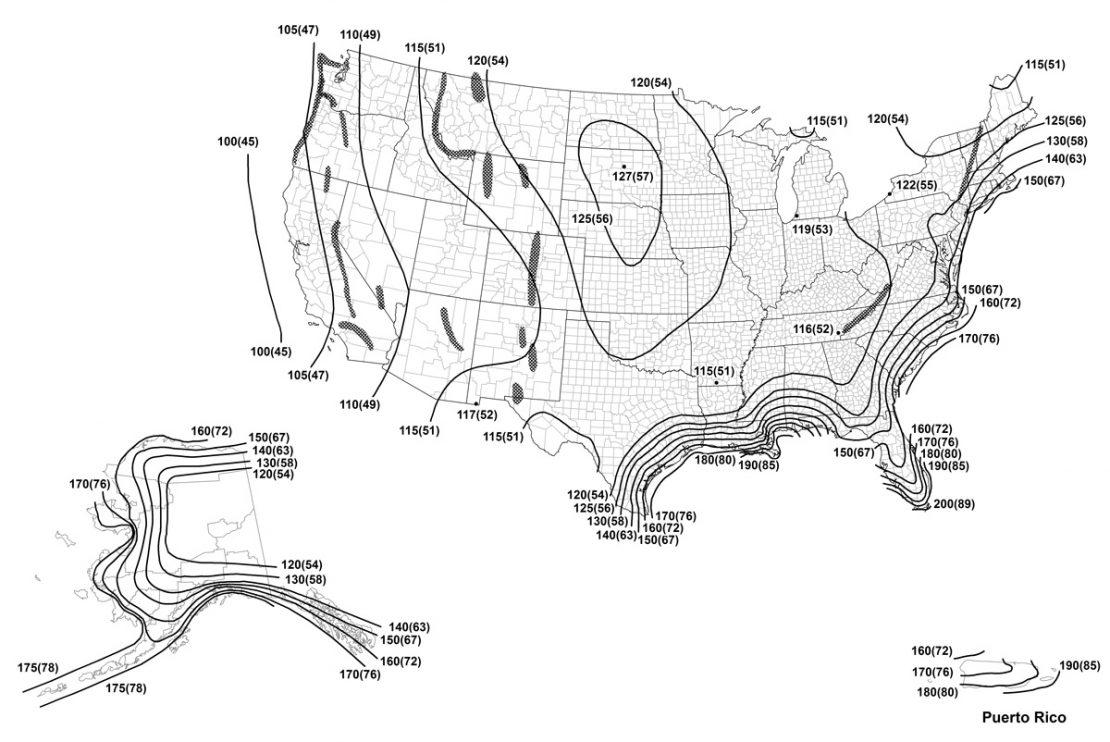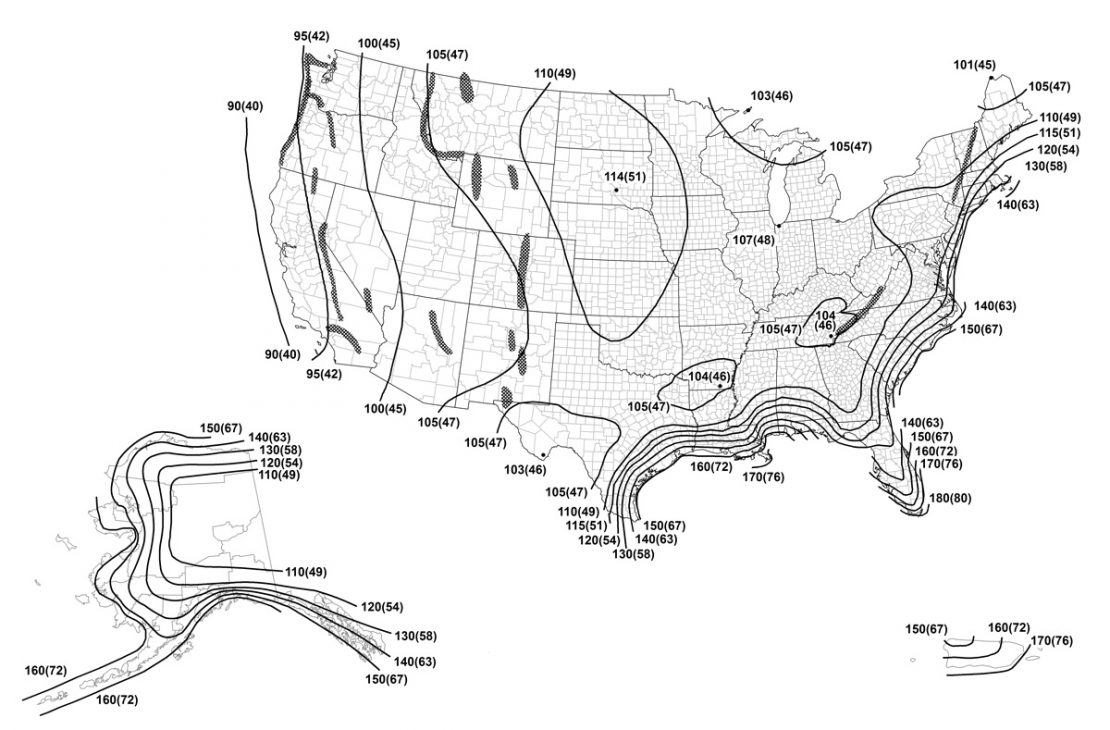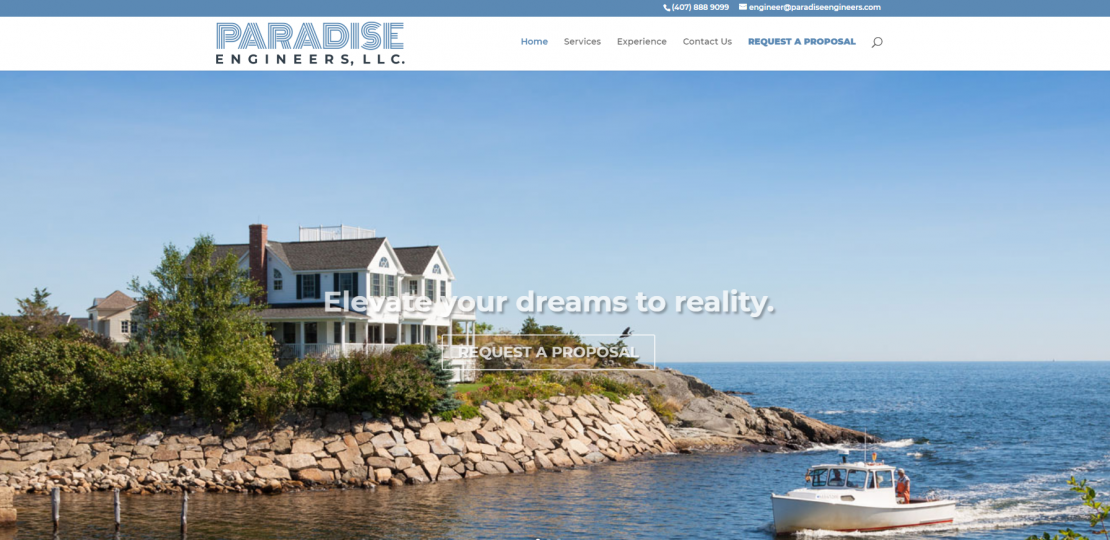A very venerable and very senior engineer (senior, like briefly came out of retirement senior) once berated a team of younger engineers by accusing them of “confounding the wind Code with their blasted academia and just making it all too complicated!”. While his grumbling may contain more than just a hint of truth, he was justly rebutted by one junior engineer who said “yeah, things were simpler when the whole Code was a pamphlet that fit in your back pocket.”

I’ll spare you the details of this battle of the ages, however the wind Code continues to grow with the noble aim to increase building safety while safely reducing costly conservatism. Our most recent update to the Florida Building Code 2020 edition is set to be adopted as of January 01, 2021 and brings into the fold the ASCE 7-16 Code in lieu of ASCE 7-10. New, and probably overdue for the soon to be adopted wind Code provisions is a standalone map for Risk Category IV buildings (essential facilities and structures whose failure would pose a substantial hazard to the community).

No real surprise here, as Risk Categories III and IV used to share a map in the previous Code edition which seemed to defy the purpose of having two separate Risk Categories in the first place for wind calculations. Now, in fairness, for those who can remember back to prior ASCE code editions when only one wind map existed and Wind Importance Factor was used to differentiate Occupancy Categories, even then both Categories III and IV shared an Iw = 1.15. Apart from this addition, the new ASCE 7-16 is largely unchanged in the hurricane prone parts of the USA. The middle and western parts of the country have seen some reductions in wind velocities however, and it’s nice to see they’re getting some attention. These areas used to be covered by a uniform swath of 115mph for Risk Category II buildings and now they have winding wind patterns of their own.

Don’t get winded just yet, there are more changes to the wind provisions as we wind our way through the new ASCE 7-16. There is also a new Factor for Ground Elevation, Ke, which adjusts velocity pressures using ratios that correlate to air density. As one gains elevation above sea level, air is more rarified and this air mass density decrease is now taken into account for its reduced effect on wind pressures. Additional changes include new roof zoning with enhanced corner zones (zone 3), new field zone (1’), eave zones (2e and 3e), ridge zones (2r and 3r), and rake zone (2n). A new enclosure classification titled “Partially Open” has been added. Also important to note, external pressure coefficients, GCp, have been notably increased for all roof zones for an overall increase of 28%, and this will presumably elevate wind design pressures in many cases. Alas, there are more details and numerous changes to be found in the new ASCE 7-16 and I would recommend you pick up a copy (it makes excellent bedside reading) or hire and consult with your local professional structural engineer who is obligated to sail the winds of change.

